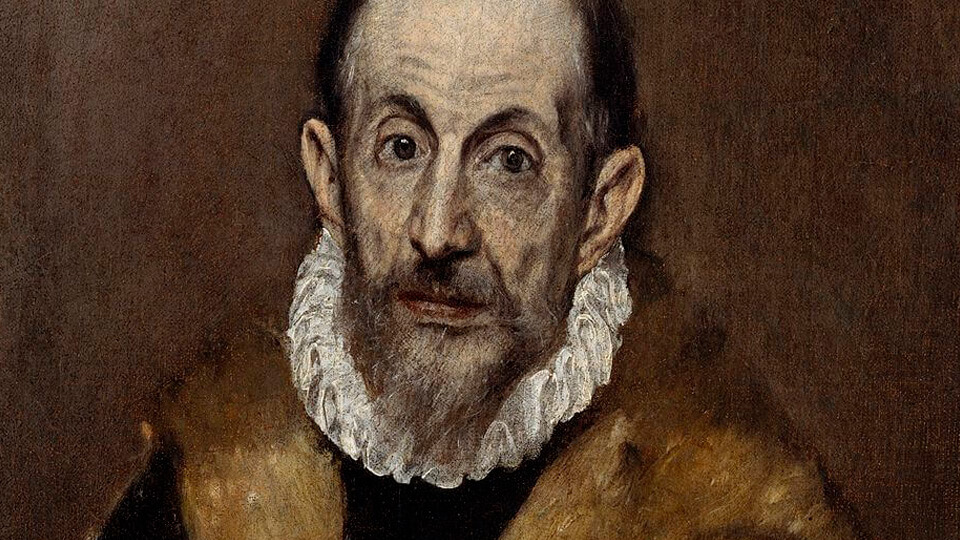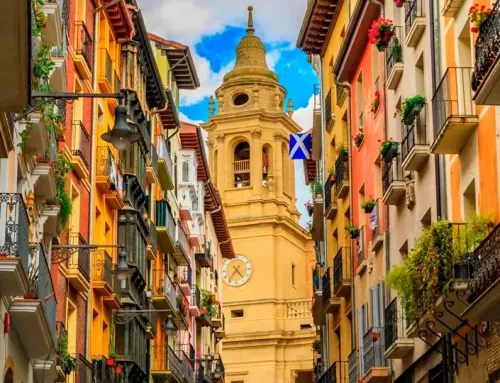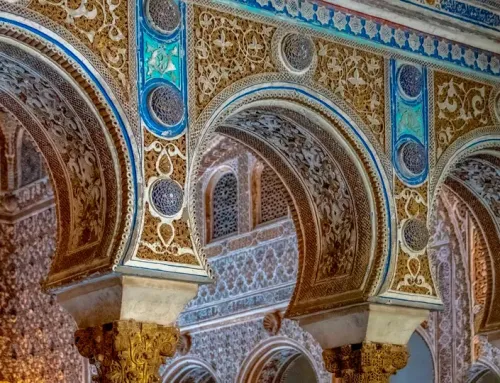El Greco in Six Tips
Are you an art lover and fascinated by the works of the great masters? If so, then you must know more about the enchanting world of El Greco, a visionary artist whose paintings continue to captivate fans today. With his unique style and profound religious themes, El Greco’s art transports you into a realm where spirituality and beauty merge.
Join us as we delve into the world of this legendary artist and explore six essential tips to appreciate his masterpieces.
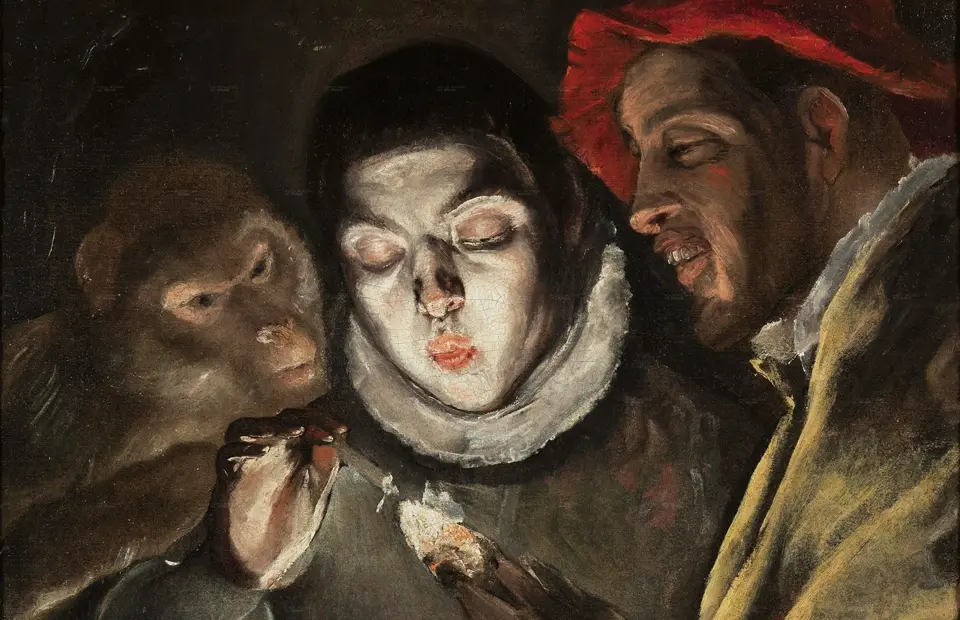
1. Who is El Greco: Understand the Man Behind the Paintbrush
Doménikos Theotokópoulos, known as El Greco (which is the Spanish for “the Greek”) is a Greek painter who lived most of his life in Spain, Toledo.
El Greco broke the traditional Renaissance style and embraced a style that was entirely his own
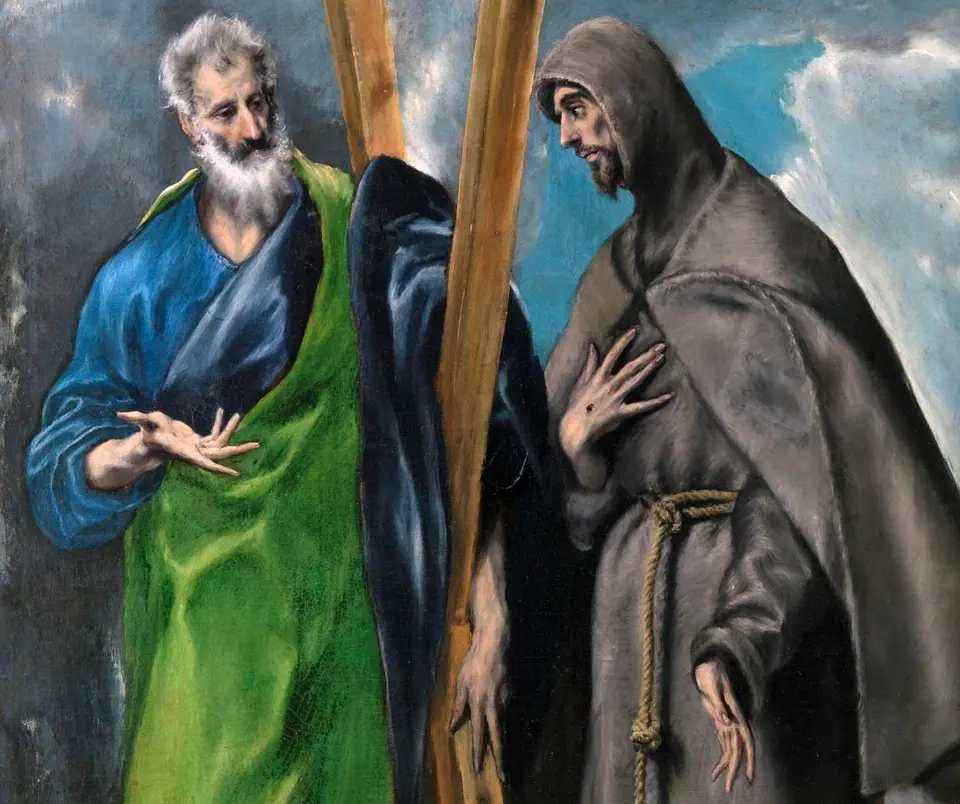
To truly understand and appreciate El Greco’s art, it’s essential to start at the beginning. Born as Domenikos Theotokopoulos in Crete, Greece, around 1541, El Greco’s early life and training in Byzantine icon painting influenced his artistic style.
El Greco was very advanced for his time and had an unusually modern eye. This explains why his work served as a precursor for the 20th century Expressionism and Cubism.
2. El Greco Mannerism and His Art
El Greco´s unique style combined elements of Byzantine iconography, the Italian Renaissance, and his own personal vision. His art is often associated with Mannerism, a movement that emerged in the late Renaissance.
Mannerism embraced exaggeration, distortion, and a sense of elegance and sophistication. El Greco’s work embodies these characteristics and exhibits a distinctive style that sets him apart from his contemporaries.
El Greco’s elongated the bodies and limbs of his subjects, creating a sense of elegance and spiritual intensity. He used vibrant and expressive colors that contribute to the dramatic impact of his paintings. He employed bold contrasts and intense shades to create light and darkness. His colors often conveyed symbolic meaning, with vibrant hues representing spiritual illumination and pale tones suggesting spiritual decay or suffering.
Religious themes dominate El Greco’s art
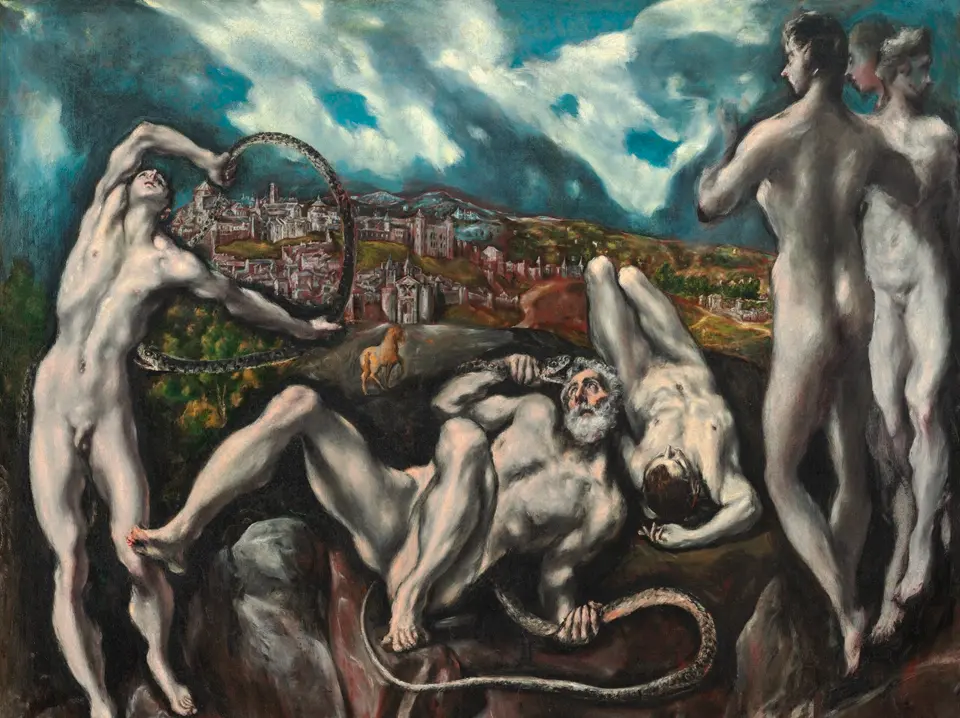
His paintings often are biblical scenes, saints, and religious figures. His religious imagery is characterized by a sense of mysticism and spirituality. The figures in his works seem to exist in a realm beyond the material world, evoking a divine presence and transcendence.
El Greco’s work was not immediately appreciated during his lifetime
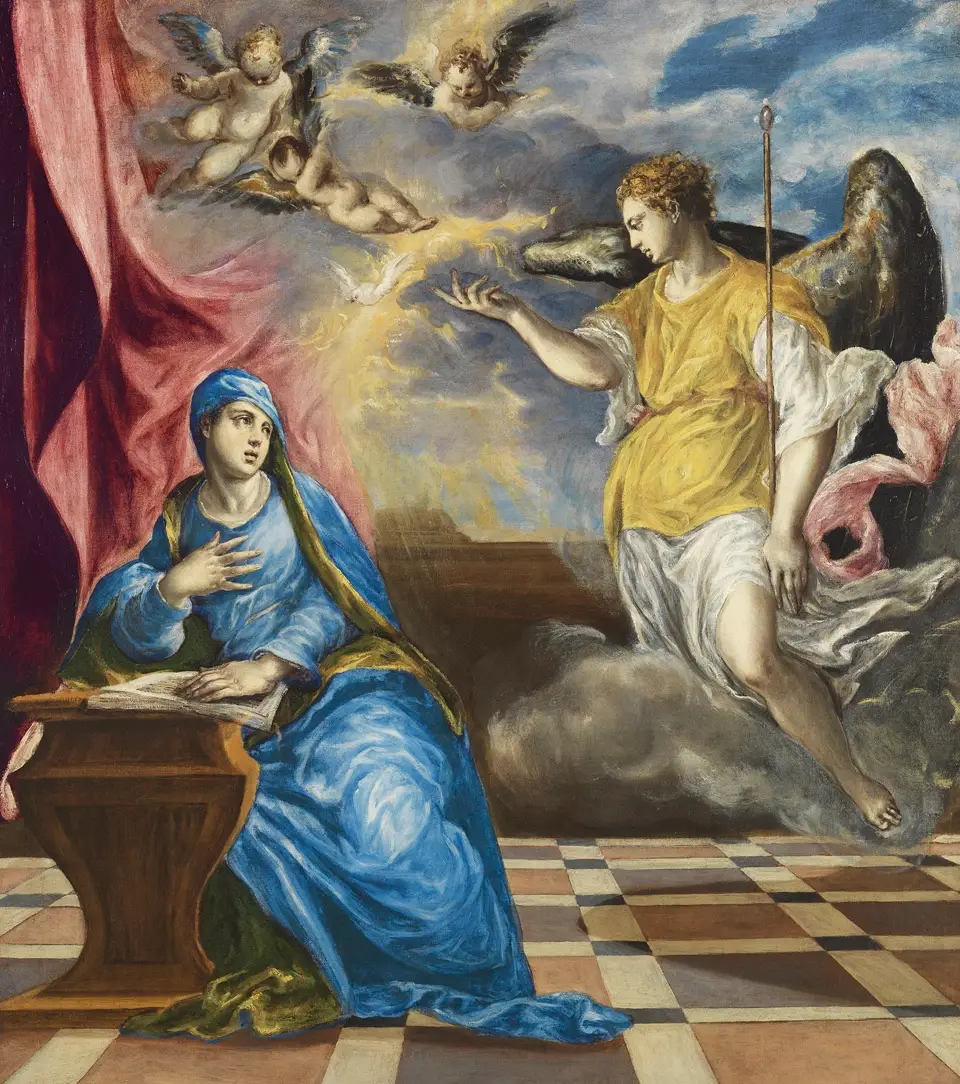
His unconventional techniques and departure from the prevailing artistic norms of the time led to mixed reactions from his contemporaries. However, his unique vision and expressive style gained recognition in the 20th century when artists such as Pablo Picasso and Paul Cézanne acknowledged his influence on modern art.
3. Which Artists Were Inspired By El Greco’s Work?
El Greco had a significant influence on many artists throughout history. His unique style captivated and inspired numerous artists in various periods. Here are some notable artists who were influenced by El Greco:
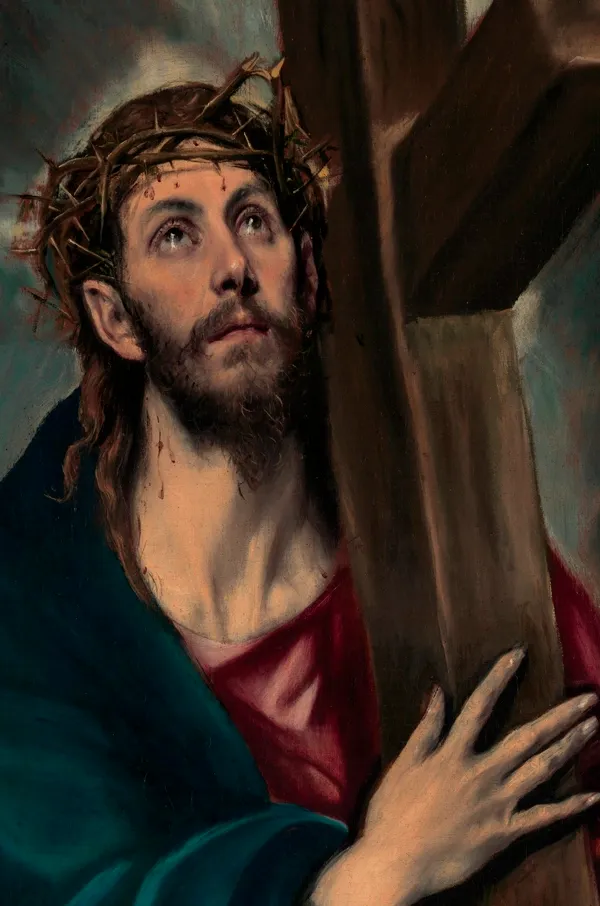
His unique style and artistic vision continue to resonate with artists across different periods and movements, leaving a lasting impact on the world´s art.
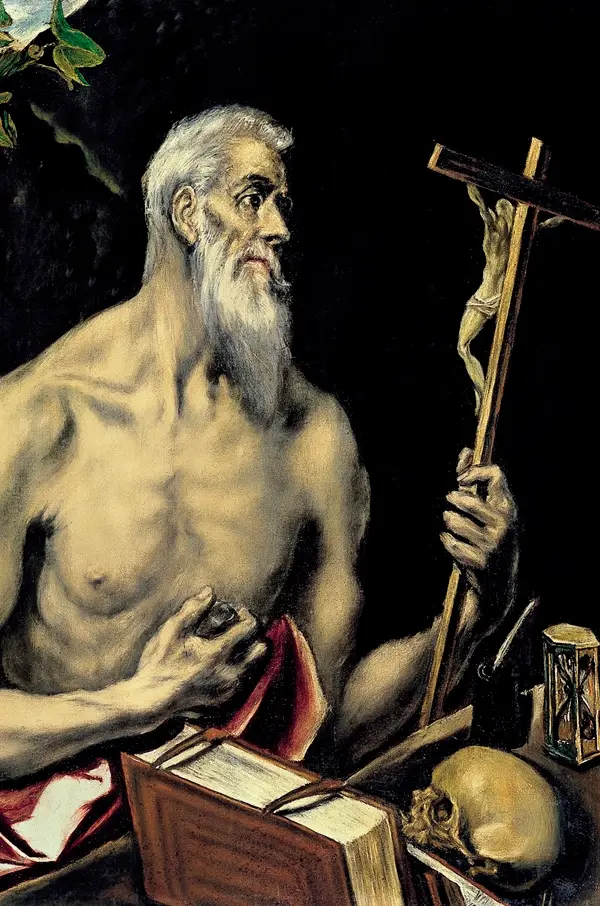
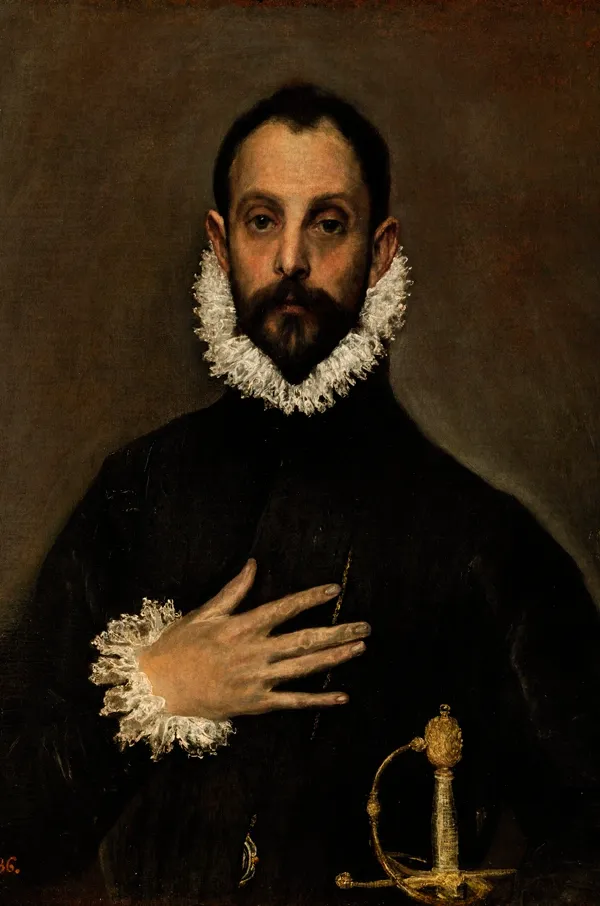
4. El Greco Famous Paintings
One cannot discuss El Greco without acknowledging his most renowned works.
According to Learnodo Newtonic, here are 10 most famous paintings of El Greco:
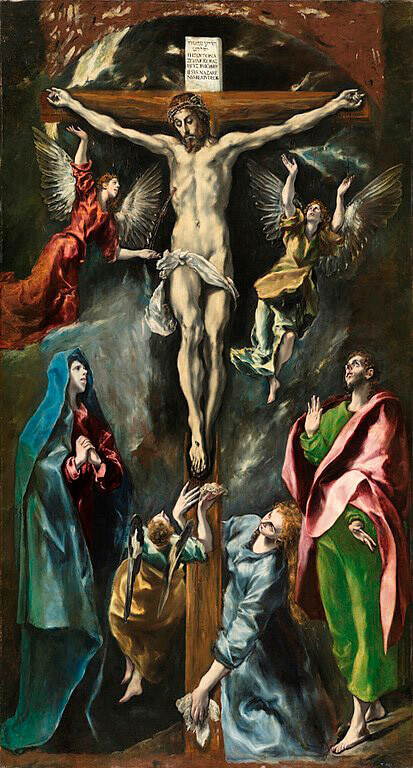
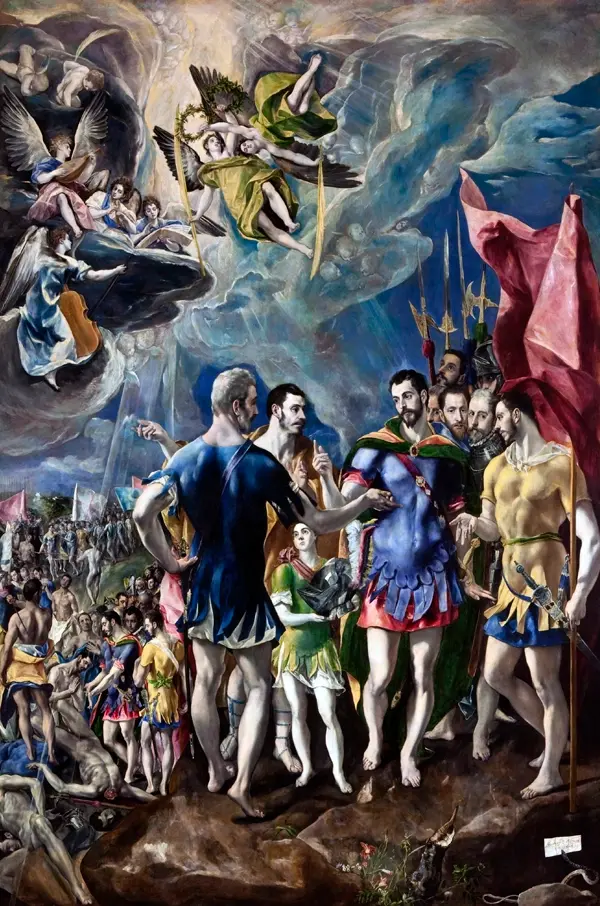
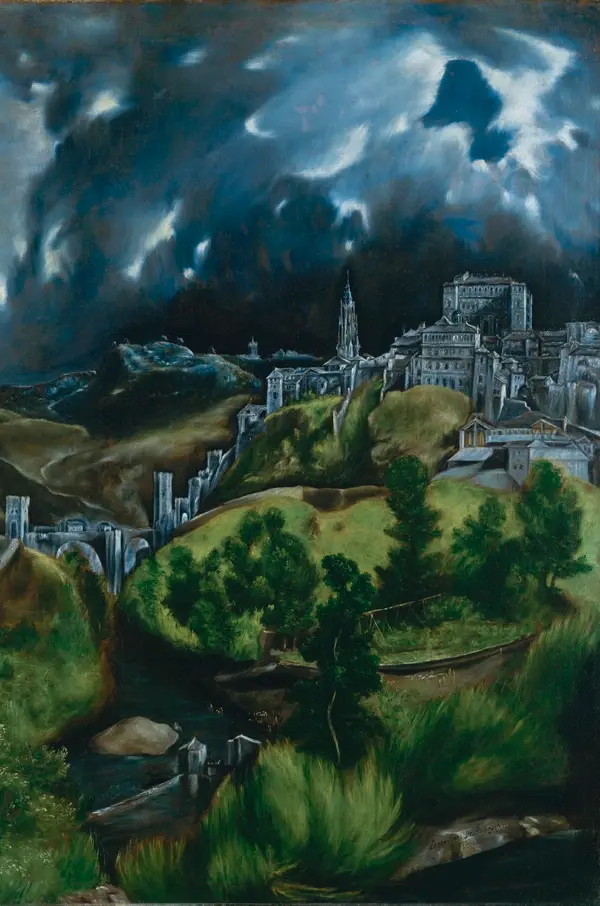
The last mentioned of his masterpieces is housed in Santo Tomé Church in Toledo, Spain, and shows El Greco’s ability to merge the earthly and heavenly realms seamlessly. El Greco’s brush immortalizes the count’s virtuous life and heavenly reward. Standing before this masterpiece, will make you feel the power and transcendence emanating from the canvas.
Besides, in “The Crucifixion” he captures the agony and sacrifice of Christ on the cross. With vivid colors and elongated figures, El Greco evokes a sense of divine transcendence while obtaining deep empathy from viewers. Allow yourself to be immersed in the emotional intensity of this painting and contemplate the enduring power of faith and redemption.
5. El Greco: Personal Style of The Famous Painter
El Greco uses elongated figures, vibrant colors, and dramatic lighting. This creates a sense of otherworldliness in his paintings. Please take a moment to study the unique characteristics of El Greco’s art. Observe how he skillfully combines elements of Mannerism and Byzantine art with his own visionary approach, resulting in a captivating and spiritually-charged visual experience.
El Greco’s distinctive style sets him apart from his contemporaries and makes his art instantly recognizable
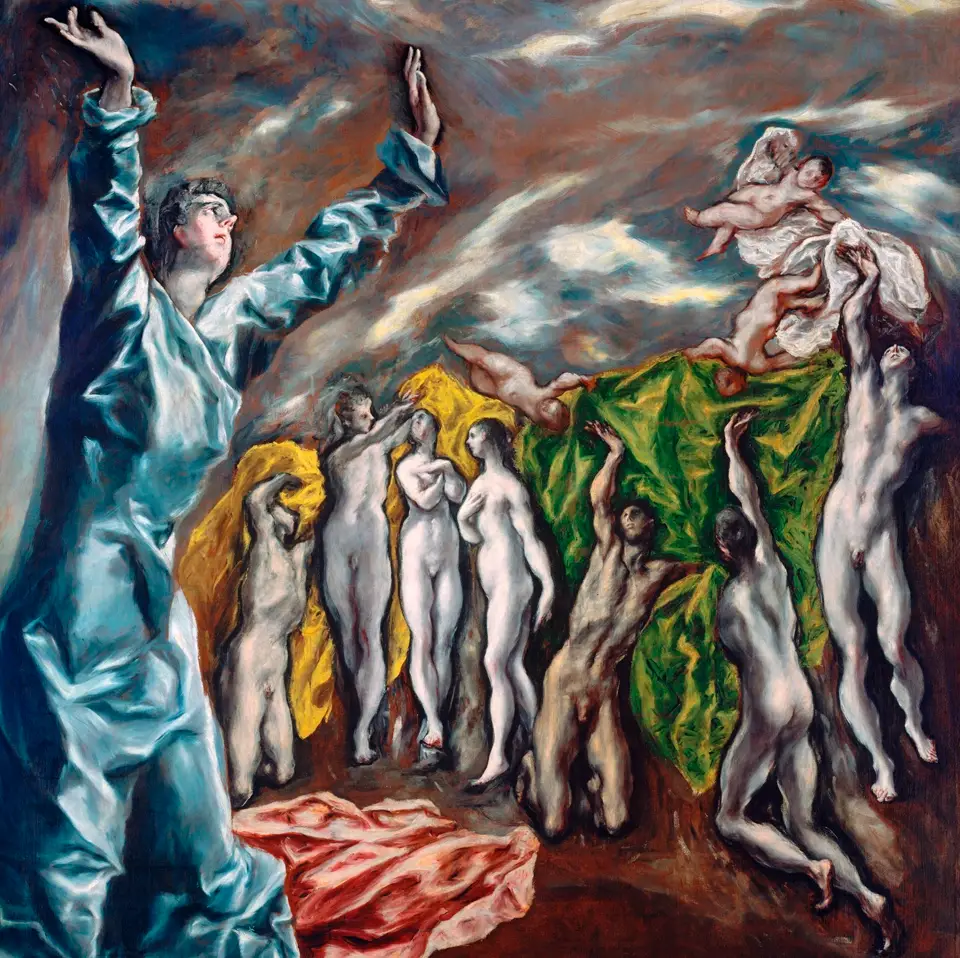
Theotokopoulos paid the price for adhering to his own vision. He rejected the established perceptions of what art should be, and no other artist living at his time had dared to do that. This led him to be removed from Rome.
6. Art Historians and El Greco
Art historians meticulously examine the life and works of Doménikos Theotokópoulos to gain a deeper understanding of his artistic contributions. They delve into his biography, exploring his upbringing in Crete, his training as an icon painter, and his eventual move to Toledo, Spain, where he achieved recognition.
Some art historians analyze his religious influences, including his Greek Orthodox background and the impact of Counter-Reformation Catholicism and discovered that his patrons played a significant role in shaping his artistic output.
They investigate the commissions he received from churches, monasteries, and wealthy individuals, studying the specific requirements and expectations of his patrons and how they influenced his artistic choices.
Symbolism and iconography are key aspects of El Greco’s art
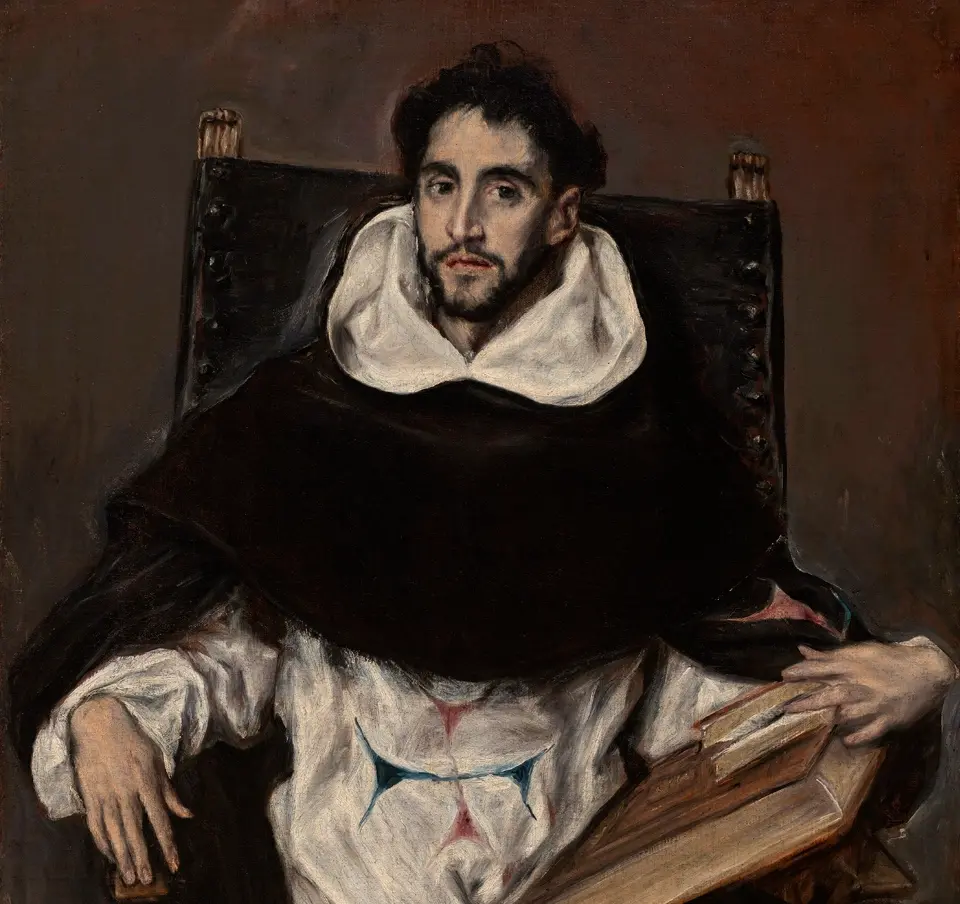
The art historians trace the development of his style, studying the impact of Italian Renaissance masters like Titian and Michelangelo, as well as the artist’s own experimentation and individuality. Through their research and analysis, they contribute to our understanding of El Greco’s artistic achievements, shedding light on his techniques, inspirations, cultural context, and enduring legacy in the art world.
El Greco Paintings in The Prado Museum
The Prado Museum in Madrid, Spain, houses one of the most extensive collections of El Greco’s paintings. The museum’s collection includes several notable works by the artist.
Here are some of the most important El Greco paintings on display at the Prado:
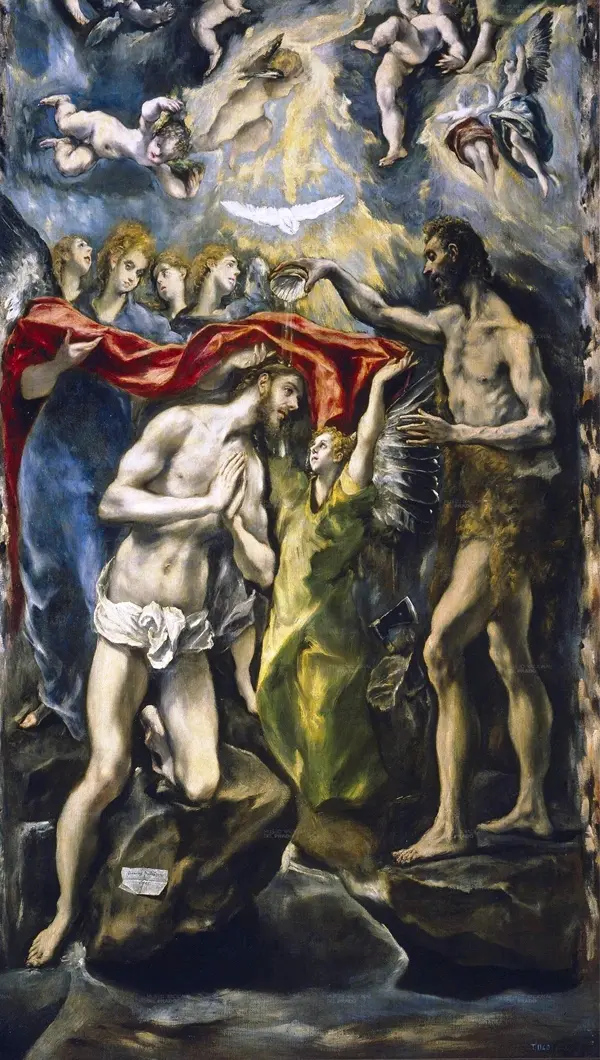
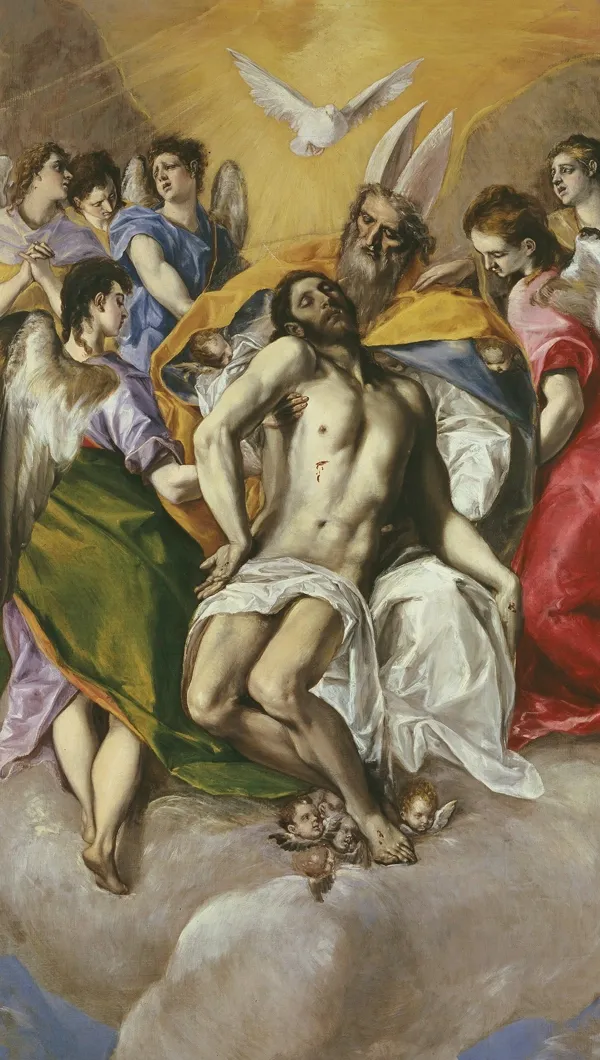
The museum’s collection offers a comprehensive representation of the artist’s career, showing his distinctive style and religious subject matter. If you get to the Prado, you can explore El Greco’s works and gain a deeper appreciation for his contributions to the art world.
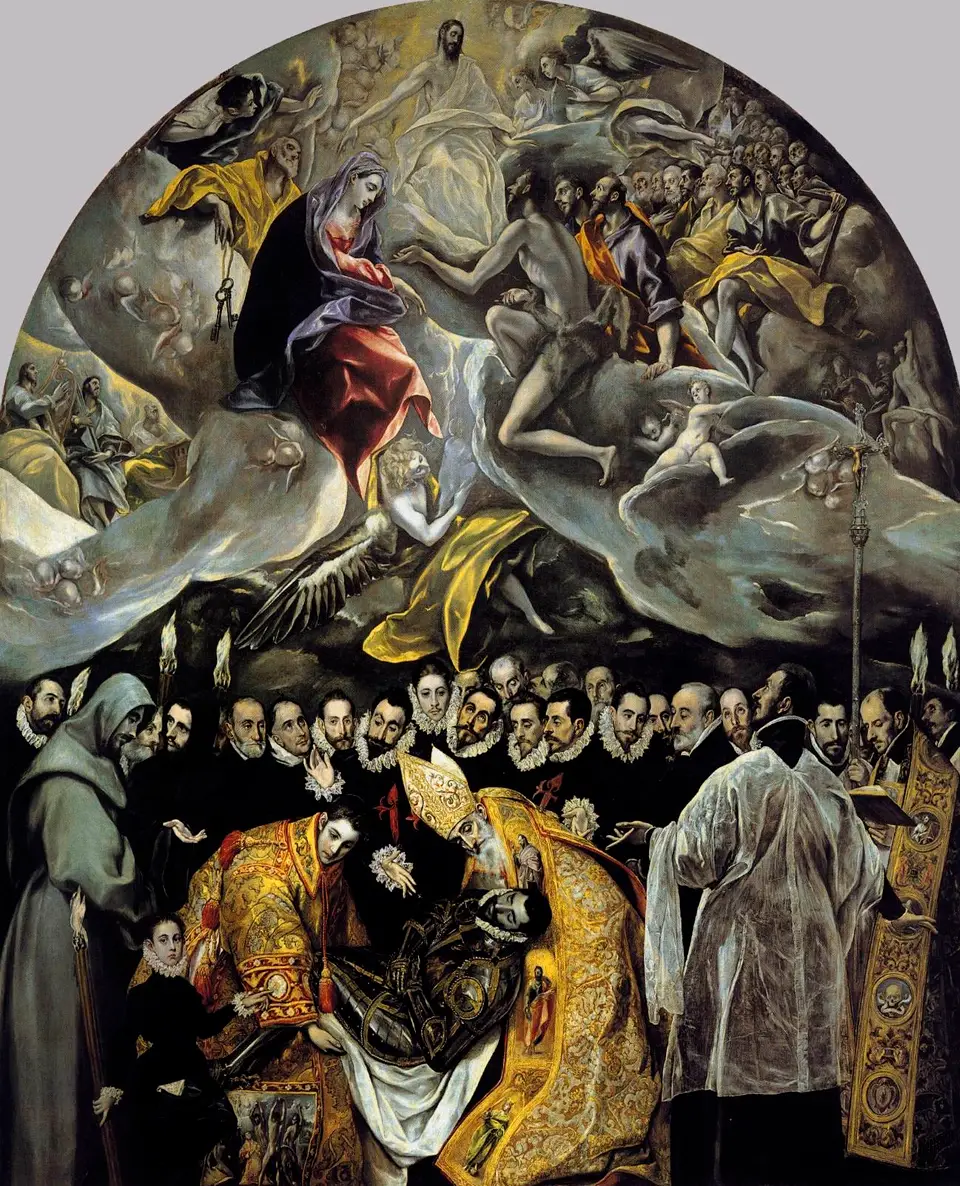
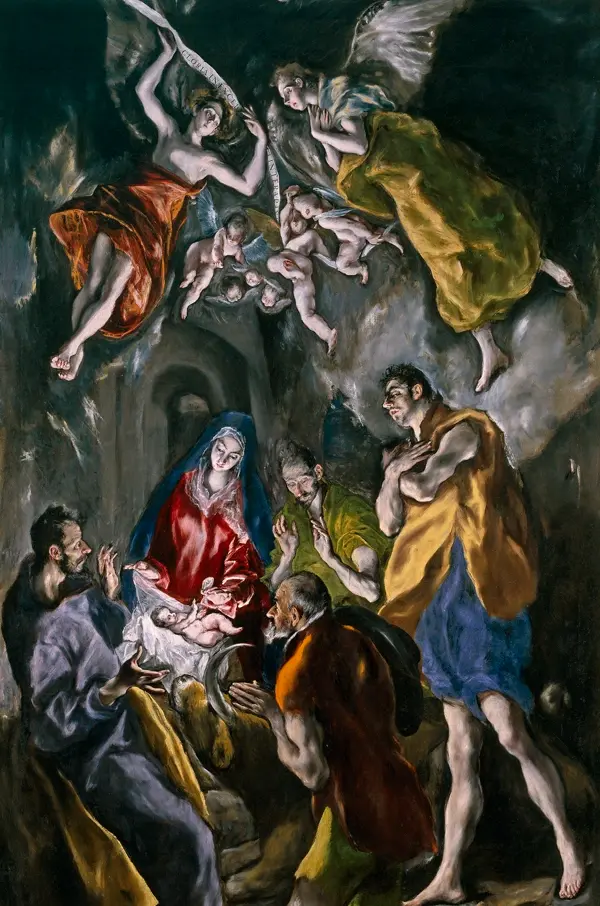
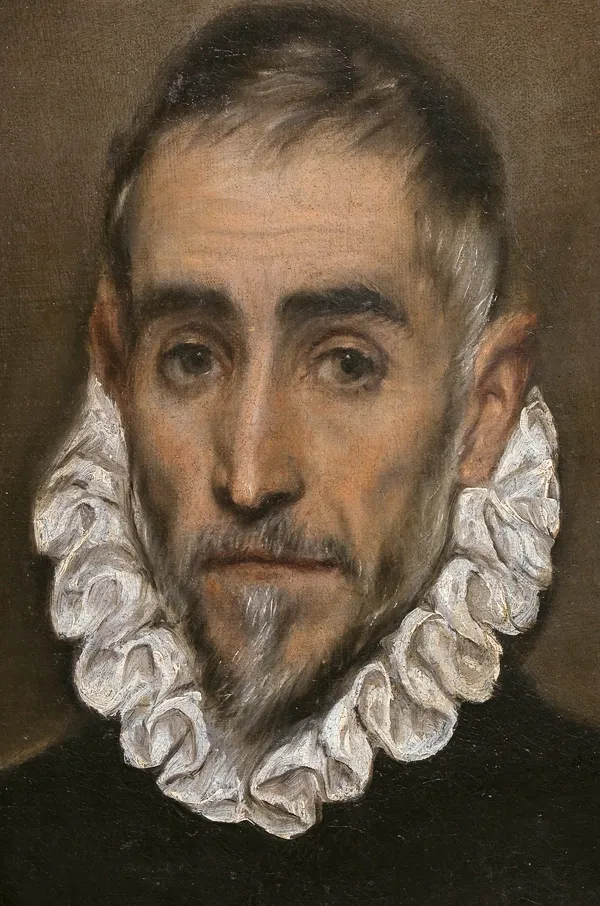
Come See El Greco´s Masterpieces
Embark on a journey to unravel the genius of this remarkable artist. You will witness the transformative power of El Greco’s art. Delve into the life and influences of this visionary painter, and embrace the legacy that continues to inspire artists and art enthusiasts across the globe.
Allow his paintings to transport you to a world where beauty, emotion, and spirituality intertwine, and discover the timeless allure of one of history’s greatest artists.
